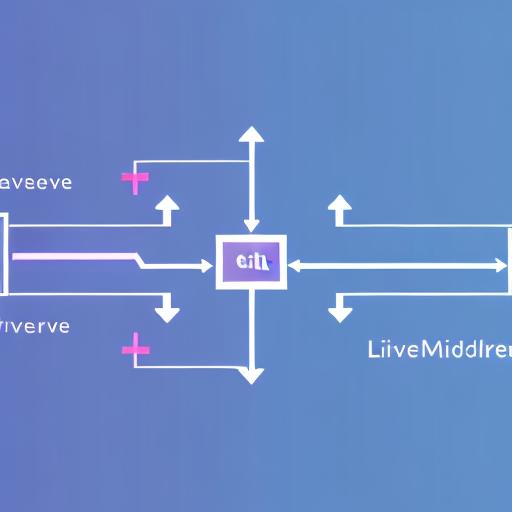Sixth week of Internship: Reflection
Sep. 08, 2023 · 4 min read
This week, I had the opportunity to delve into Laravel Livewire, explore Git, and gain a deeper understanding of middleware. These newfound skills are valuable assets that will undoubtedly make me a better developer and enhance my ability to understand and contribute to projects effectively.
Sixth Week Reflection:
Day 1: Embracing Feedback and Mastering Git
Today, we received feedback on our bug tickets assigned to us interns in JIRA. On my end, two bug tickets, specifically tickets 165 and 168, were accepted, while one, ticket 164, was rejected due to User Interface (UI) reasons. It’s crucial to remember that when dealing with UI, it’s important not to let the user dictate what to do but instead provide them with the freedom to make choices.
I view this rejection as a valuable part of the learning experience. It’s through such challenges that we can improve ourselves and excel in our roles. After receiving the feedback, we went to work on the reviewed tickets, making necessary changes based on the feedback and committing to the updates.
In addition to the feedback, my mentor also discussed the difference between git merge and rebase. Git merge combines changes from one branch into another, creating a merge commit, while git rebases integrates the changes by moving or “replaying” the commits from one branch onto another. This discussion helped me gain a deeper understanding of these processes and when to use each method effectively. These learning experiences are essential as they not only help us grow but also ensure we continue to make progress in our work.
Day 2: Laravel Livewire
On this day, we were given a task to explore Laravel Livewire, and I must say it was an exciting opportunity to dive into something new and expand my skill set. As I delved into Laravel Livewire, I learned that it is a powerful tool for building dynamic and interactive web applications using Laravel, a popular PHP framework.
One of the key takeaways from my exploration is that Laravel Livewire allows developers to create dynamic components without writing JavaScript. This is a game-changer for me, as I’ve always found front-end development and JavaScript to be challenging. With Livewire, I can leverage the power of PHP and Laravel to create responsive and interactive user interfaces.
Another noteworthy feature that grabbed my attention was the integration of AJAX in Laravel Livewire. This feature significantly enhances the CRUD (Create, Read, Update, Delete) operations, making them considerably faster and more efficient. This newfound efficiency got me thinking about the potential benefits of shifting my current capstone project from traditional Laravel to Laravel Livewire, as it could lead to a more streamlined and responsive user experience.
In conclusion, my experience with Laravel Livewire on this day has been eye-opening, and I am genuinely excited about the possibilities it offers for web development. I look forward to exploring it further and considering how it can be integrated into future projects to improve user interactions and project efficiency.
Day 3: Exploring the Role of Middleware
Today, we delved deeper into Laravel, focusing particularly on learning about middleware.
Middleware, in the context of Laravel, acts as a bridge between HTTP requests and application logic. It intercepts requests and can perform various tasks, such as authentication, logging, and input validation before they reach the intended route or controller. This layer of processing offers tremendous flexibility and control over the request-handling process.
We started the day by grasping the fundamental concepts of middleware. I learned that middleware can be categorized into two types: global middleware and route middleware. Global middleware is applied to every HTTP request, while route middleware is specific to particular routes, enabling a more fine-grained approach to request handling.
To better illustrate the significance of middleware, here’s an example: implementing authentication middleware ensures that only authorized users gain access to designated routes. This robust measure significantly bolstered the security of our Laravel application.
Understanding middleware has proven to be an essential step in our Laravel journey. It equips us with the tools necessary to enhance the security and efficiency of our web applications. Without this knowledge, we would risk exposing our systems to potential security threats.